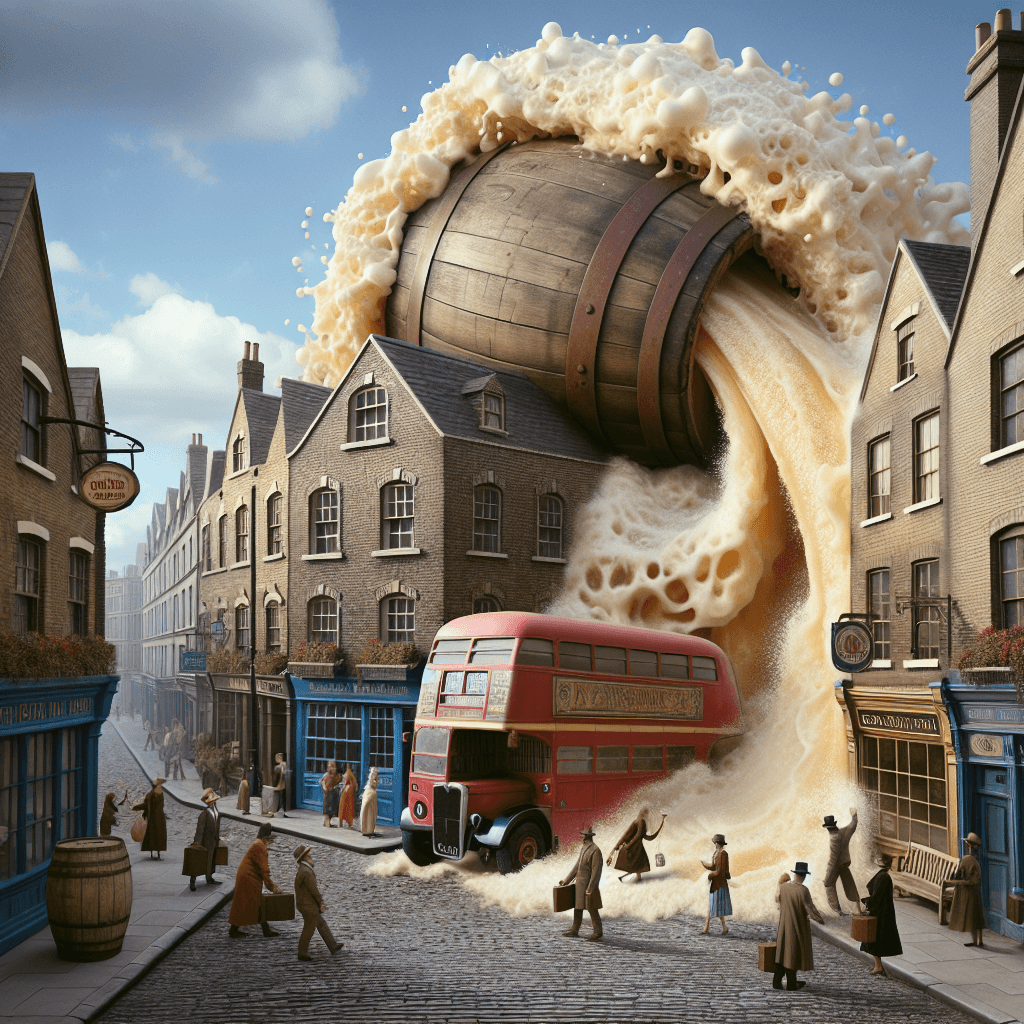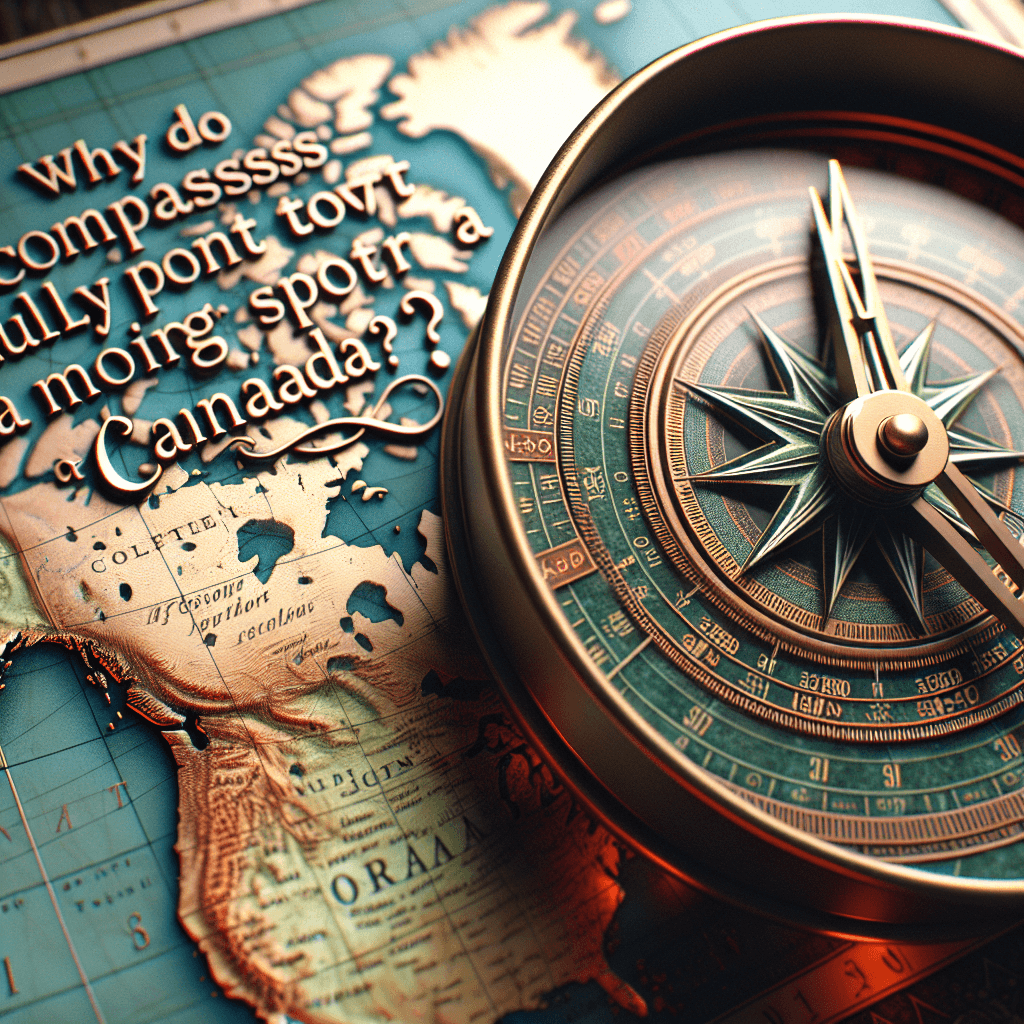Why did a giant wave of beer once flood the streets of London
In 1814, it wasn't a river that flooded a London neighborhood, but a 15-foot-high tsunami of beer that burst from a local brewery, demolishing homes and tragically claiming lives.


Too Long; Didn't Read
In 1814, a massive vat at a London brewery burst, creating a domino effect that unleashed a tidal wave of over 300,000 gallons of beer. The flood swept through a poor neighborhood, destroying homes and killing eight people. The disaster was legally ruled an Act of God.
The Great London Beer Flood: Why Did a Giant Wave of Beer Once Flood the Streets of London?
Imagine a 15-foot-high tidal wave crashing through a bustling city. Now, imagine that wave wasn't water, but dark, frothing beer. It sounds like a scene from a fantastical novel, but on October 17, 1814, this bizarre and tragic event became a reality. The Great London Beer Flood was a real industrial disaster that sent a tsunami of porter beer through the impoverished parish of St. Giles, leaving destruction and death in its wake. This post will delve into the bizarre history of this catastrophe, exploring how a brewery accident unleashed a deadly deluge and forever changed a corner of London.
The Setting: A Brewery in the Slums
The story begins at the Horse Shoe Brewery, owned by Meux & Co., situated on Tottenham Court Road. In the early 19th century, London's breweries were titans of industry, and Meux's was no exception. To meet the city's insatiable thirst for porter, a dark, popular beer, they housed their product in colossal wooden vats.
The vat at the heart of the disaster was a true behemoth, standing 22 feet tall and holding over 135,000 imperial gallons of fermenting beer—the equivalent of more than a million pints. This enormous vessel was held together by massive iron hoops. It was located in the heart of St. Giles Rookery, one of London's most notorious and densely populated slums, where impoverished families lived in crowded, poorly constructed tenements and basements. The stage was set for an unprecedented disaster.
What Caused the Deluge?
At around 4:30 PM on that fateful October afternoon, a brewery storehouse clerk named George Crick noticed that one of the 700-pound iron rings on the giant vat had slipped. This was not an uncommon occurrence, and his superior assured him it was no cause for alarm. However, about an hour later, the massive vat catastrophically failed.
The immense pressure of the fermenting liquid caused the container to burst with explosive force. This initial rupture created a devastating domino effect. The force of the blast knocked the valve off an adjacent vat and smashed several other large barrels, unleashing a torrent of beer. In total, an estimated 323,000 imperial gallons (nearly 1.5 million litres) of porter surged out of the brewery. The brewery's back wall crumbled under the pressure, releasing a 15-foot-high wave of beer into the narrow streets of St. Giles.
A Wave of Destruction and Tragedy
The wave of beer, moving with incredible force, was anything but a drunken fantasy. It smashed into the flimsy homes of New Street and the surrounding area, flooding basements and cellars where entire families lived. The destruction was swift and merciless. Two houses were completely demolished by the force of the liquid.
Contrary to popular myth, no one died from drinking the free-flowing alcohol. The eight victims of the flood died from drowning or injuries sustained in the chaos. The casualties included:
- Hannah Bamfield, a young girl who was having tea with her mother when the wave hit.
- Eleanor Cooper, a 14-year-old pub servant, killed while washing pots in the cellar of the Tavistock Arms.
- Mary and Thomas Mulvey, a mother and her three-year-old son.
- Four other mourners who had gathered for a wake in a basement, which was rapidly flooded by the deluge.
Witnesses described a scene of utter chaos, with the air thick with the smell of beer and the cries of the injured.
The Aftermath: Justice and Legacy
In the days that followed, the story became a public spectacle. Some locals reportedly scooped up the beer in any container they could find, and there were unsubstantiated rumours of one person dying from alcohol poisoning days later, though this has never been confirmed as part of the initial death toll.
The brewery was taken to court, but the disaster was ultimately ruled an "Act of God" by the coroner's jury. No one was held legally responsible for the deaths or destruction. The company, Meux & Co., was nearly driven to bankruptcy by the loss of the valuable beer stock. However, they successfully petitioned Parliament and were eventually refunded the excise tax they had already paid on the lost porter, saving them from financial ruin.
The London Beer Flood served as a brutal lesson in industrial safety. While there was no immediate regulation, the incident marked the beginning of the end for giant wooden fermentation vats. Breweries gradually began to replace them with more durable, lined concrete vessels, ensuring a disaster of this strange and tragic nature would never happen again.
The Great London Beer Flood remains one of history's most unusual disasters. It is far more than a quirky anecdote; it is a sobering reminder of the human cost of unchecked industrial ambition in 19th-century London. The event highlights the precarious lives of the city's poorest residents and stands as a powerful, albeit bizarre, testament to the importance of industrial safety regulations—a lesson written not in ink, but in a devastating wave of beer.


